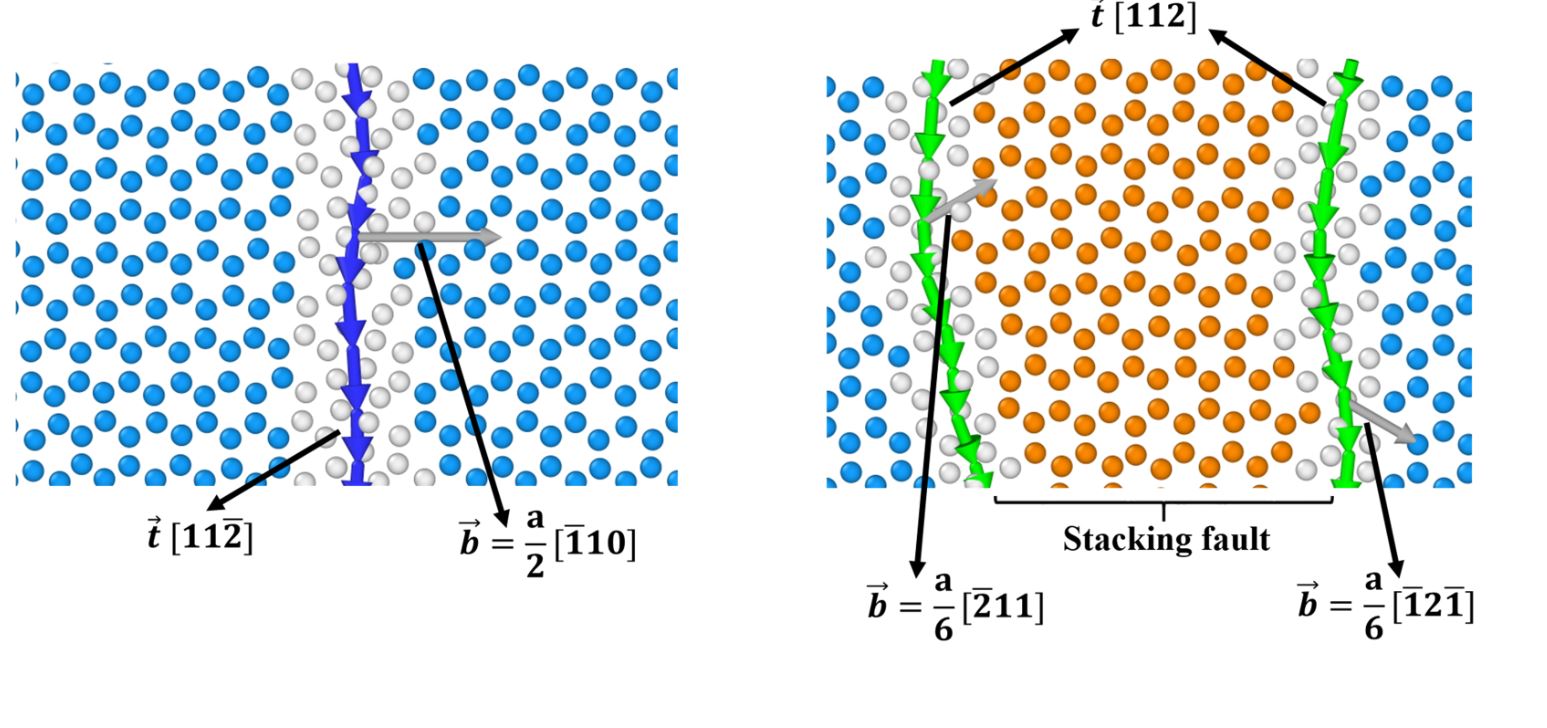The Role of Defects and Impurties on Material Properties and Processes
Mercury cadmium telluride (HgCdTe) solids are used for infrared detectors. Dislocations form during crystal growth, which impact the yield and capabilities of the device. The aim of this project is to gain an understanding on dislocation mobility with the overall objective of trying to minimize dislocation formation.
Area of science
Chemical Sciences, Chemistry, Geosciences, Physical Sciences
Systems used
Magnus
Applications used
VASP, LAMMPS,The Challenge
Mercury cadmium telluride (HgCdTe) is the most versatile semiconductor material for infrared detector (IR) applications. Molecular beam epitaxy (MBE) is a non-equilibrium epitaxial growth technique that is flexible and reliable for the fabrication of high quality HgCdTe samples. A key issue limiting the performance of IR detectors is the number of dislocations present in the grown HgCdTe epilayer as they cause recombination of photogenerated carries that impact the yield and performance of optoelectronic devices
The Solution
The goal of this project is to investigate dislocation formation, evolution and propagation mechanisms through the use of classical molecular dynamics (MD) simulations. We calculate the energy of formation of these dislocations, which provide information on how likely it is that they will occur. Then we can also calculate the velocities of the dislocations to predict where they will move to within the solid. We can change the substrate HgCdTe is grown on, therefore, provide predictions to experimentalists wanting to grow this crystal
The Outcome
The computer power of Magnus enables us to simulate very large solid systems on a very long timescale. These simulations containing millions of atoms can be done at atomistic detail, which makes the simulations very computationally expensive. Moreover, we are able to simulate the growth conditions of MBE, which makes for very large, realistic simulations.
List of Publications
Conference Proceedings for the 2019 The U.S. Workshop on the Physics and Chemistry of II-VI Materials in Chicago, 18–21 November 2019, Molecular Simulations of Dislocations in CdTe, HgTe and ZnTe, Nigel Hew, Dino Spagnoli, Wen Lei, Jarek Antoszewski and Lorenzo Faraone.






